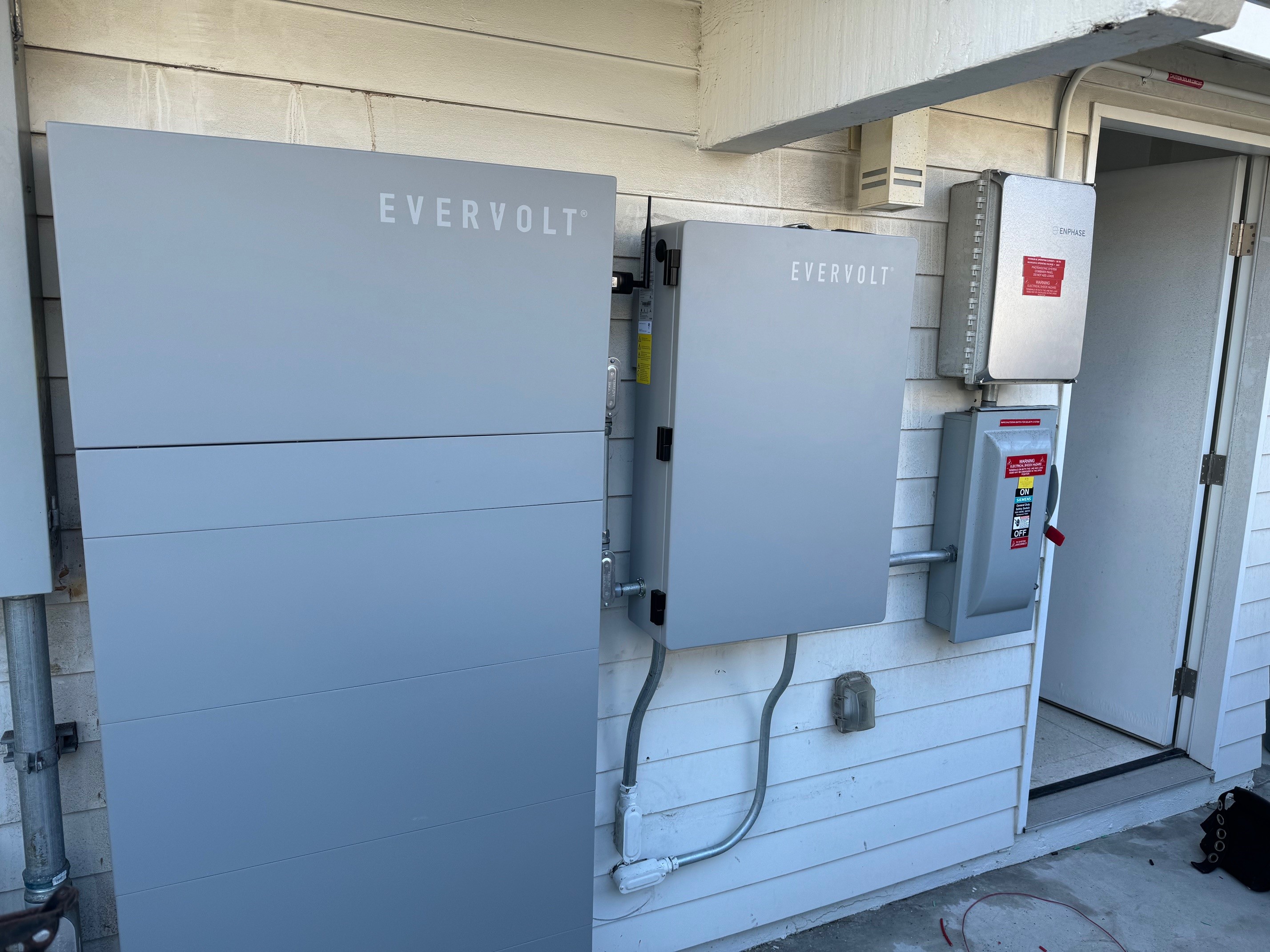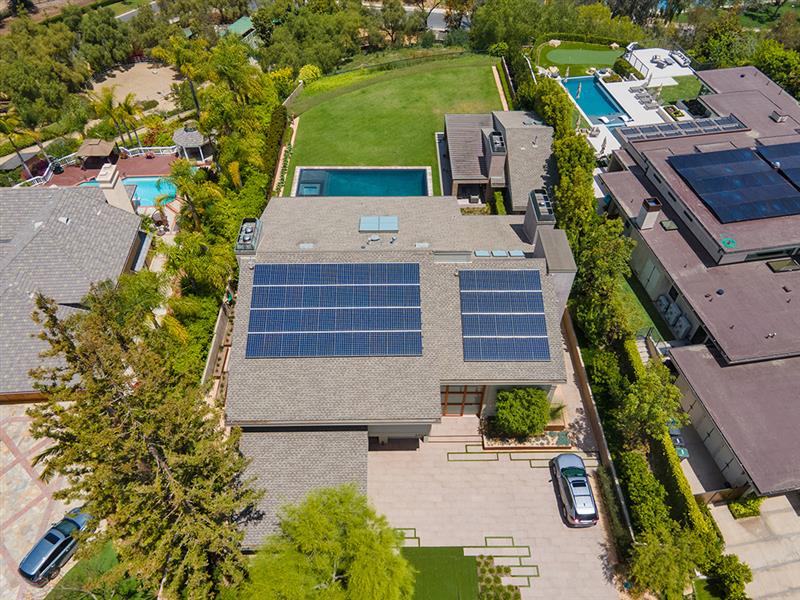In modern homes, it’s not unusual for there to be multiple energy resources, such as rooftop solar panels or a battery storage system. Inside the home are many different systems that connect to those resources, such as electric vehicle chargers, smart thermostats and electric appliances. Any household device or appliance that is connected to the grid and the internet can be linked to other household devices across a neighborhood or region to create a vast network.
These networks of connected energy systems are known as virtual power plants (VPPs). “Virtual” because they're connected through communication channels like Wi-Fi, Bluetooth and cellular networks. “Power plants” because by coming together they act like one big power plant, pooling energy and optimizing its distribution through the grid to your home. Let's take a closer look.
Photo courtesy of Panasonic Eco Systems
What is a virtual power plant?
Energy has historically been generated by a small number of large, centralized power stations often using fossil fuels like coal and gas. This energy is supplied to homes and businesses through the grid, to entire communities. But homeowners are increasingly choosing to produce their own energy, such as through rooftop solar and batteries, turning homes into mini power stations.
These mini power stations — known as assets — can be unified into networks called VPPs that can talk to each other and in doing so, help streamline energy supply and demand. VPPs are controlled by companies known as aggregators, which are often (but not always) utilities.
VPPs are valuable because when energy demand exceeds supply, it can cause outages and force utilities to turn on expensive, fossil fuel-powered peaker plants. They reduce the likelihood that these peaker plants need to be used. They do this by automatically lowering energy usage or drawing stored power from the assets in their network.
In practice, this means that if you have a solar-plus-storage system and are enrolled in a VPP, some of your stored power may be used during peak hours. Or if you have a smart thermostat connected to an air-conditioning unit, a VPP may pre-cool your home before peak times to lower demand.
What are the benefits of a VPP to homeowners?
Homeowners often receive financial rewards for joining a VPP. This could be an upfront cash payment or ongoing payments every time your energy system is used to support the grid. Some aggregators even offer incentives to lower the costs of buying solar panels and batteries. For instance, the Connected Solutions program in Long Island pays eligible homeowners $25 to join and $25 a year to participate.
Beyond financial benefits, VPPs prevent strain on the grid, thereby reducing power outages and ensuring a more consistent, reliable supply of energy to your home and those in your neighborhood. In this way, they increase the resilience of the grid, while also making it more sustainable by reducing the grid's reliance on fossil fuels.
Photo courtesy of Panasonic Eco Systems and Orange County (CA) Solar
How can homeowners join a VPP?
Every VPP has its own unique combination of assets and eligibility requirements. Usually, you need solar panels, a battery and a smart meter to join. Sometimes, you may need a specific type of battery or system. You can join with existing equipment or sign up after buying a new system.
You typically need to sign a contract with an aggregator that allows them to use your systems according to the specified terms. For example, some require you to participate regularly, while others will only use your devices when energy usage is particularly high, such as in extreme weather.
While the VPP is controlled by the aggregator, you maintain ownership of your systems. The aggregator can then use these as agreed in the contract. Your stored power, for example, may be used in peak times in return for direct compensation or credits on your energy bill.
What states have VPP programs?
States that currently have VPPs include California, Colorado, Maryland, Michigan, Massachusetts, New Jersey, New York and Washington. However, VPPs are becoming increasingly popular so if you have, or are planning to install, rooftop solar-plus-storage, it's worth researching VPPs in your area. You may receive some financial support towards the costs of a new system. Panasonic participates in multiple state programs to ensure their solar and storage offerings meet program requirements, and help homeowners maximize their solar investment.
VPPs offer homeowners a way to earn money, lower energy bills, stabilize the grid and improve local air quality. If you're considering installing rooftop solar panels with or without a battery, working with a reputable installer who knows your local area will ensure you're given the best advice on any local incentive programs you could benefit from. When you're ready to take the next step, a Panasonic solar expert can help you find the right sustainable energy solution for your home.





